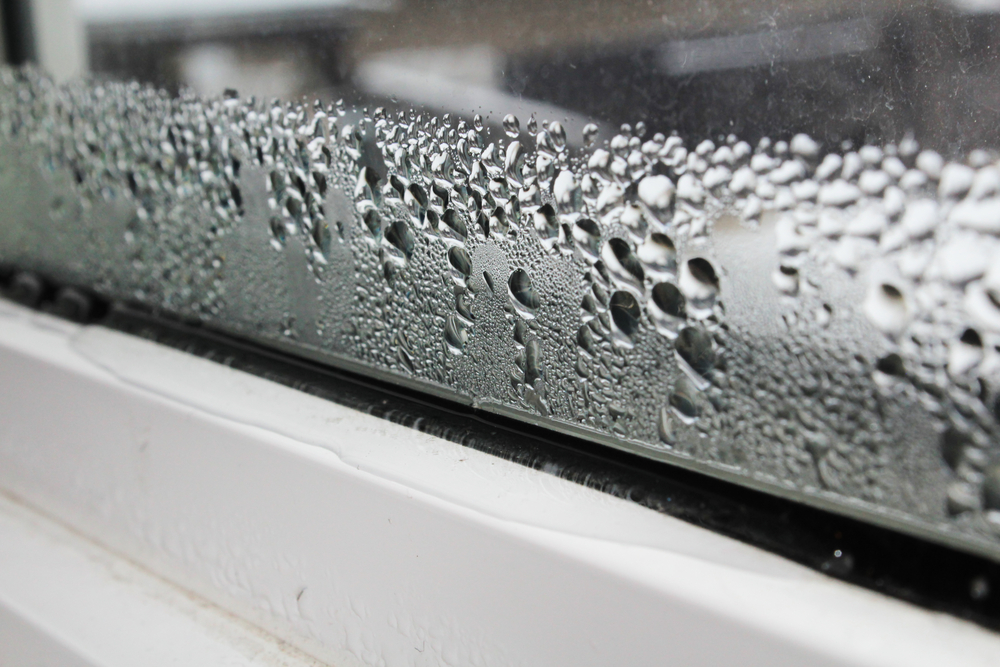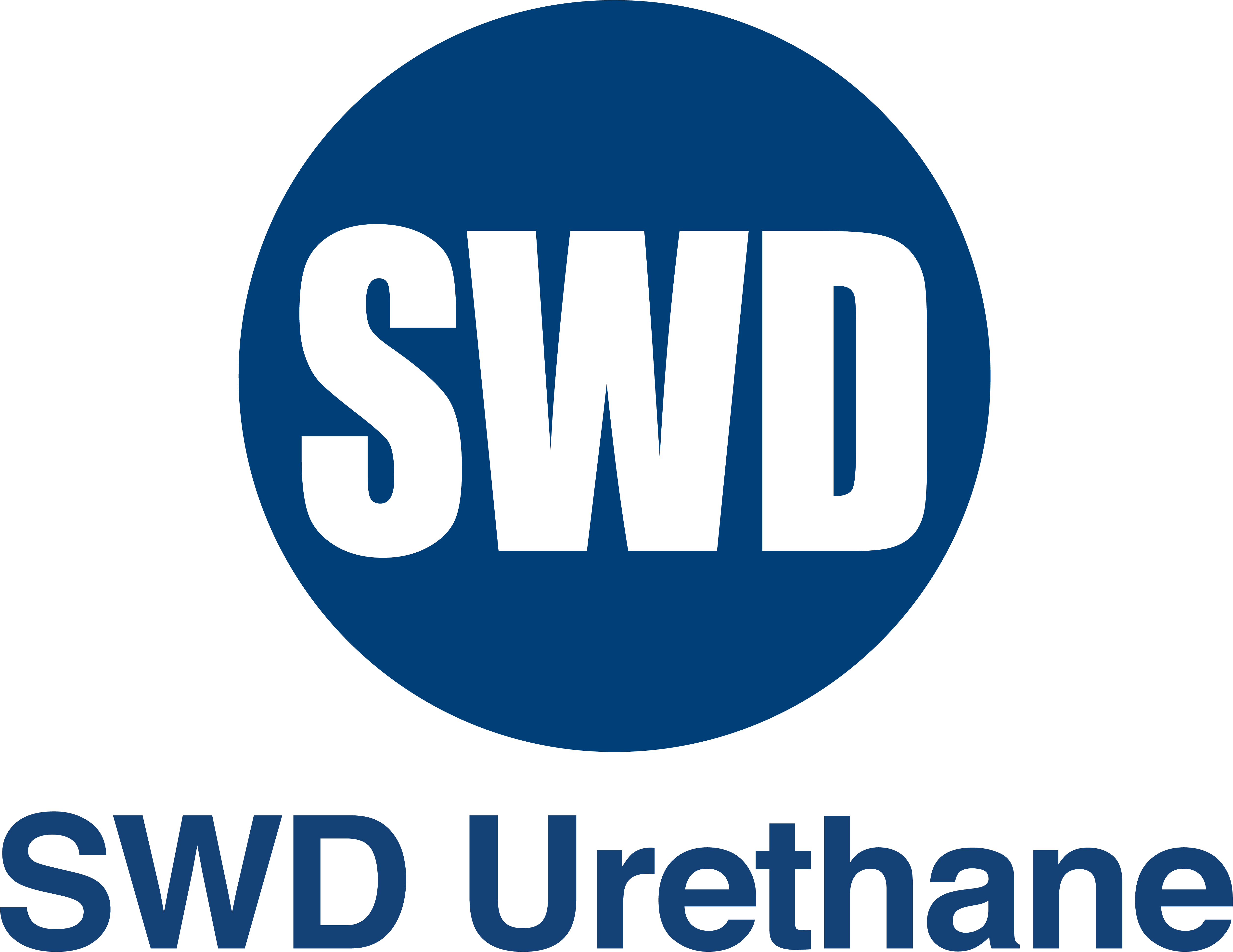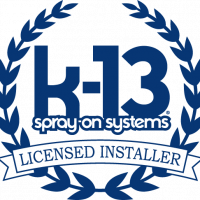
Coastal California enjoys a reputation for its beautiful scenery, moderate temperatures, and refreshing breezes, but homeowners in this region also know that living by the Pacific has its challenges. September, in particular, is a transitional month where warm inland air collides with cool ocean currents, resulting in thick morning fog. While this atmospheric event can create a picturesque backdrop, it also produces a less charming side effect: moisture intrusion into homes. The combination of fog and home moisture is especially concerning because it can quietly damage insulation, promote mold growth, and increase energy bills.
Morning condensation in house interiors is one of the most common problems homeowners report during this season. The air outside is heavy with moisture, and when it meets a cooler indoor surface—such as windows, walls, or ceilings—it condenses into water droplets. Over time, this cycle can saturate insulation materials, weaken structural elements, and create an unhealthy living environment. Coastal California insulation, therefore, becomes not only about keeping the home comfortable but also about protecting it from persistent dampness.
September is a particularly tricky month because it follows the warmer, drier summer months. Many coastal homes are still holding residual heat from summer, and when cooler foggy mornings set in, the thermal differences between inside and outside create the perfect conditions for condensation. Without proactive measures like proper attic moisture control or improved insulation, these seasonal shifts can lead to long-term damage. Homeowners must understand that insulating coastal homes is not just about energy efficiency—it is also a battle against humidity, mold, and the slow degradation of their property.
The Science of Morning Condensation and Its Effects
To appreciate the importance of insulation and moisture solutions, it helps to break down the science behind morning condensation in house environments. Air contains water vapor, and the amount of vapor it can hold depends on temperature. Warm air can hold more moisture than cool air. When warm, moist air encounters a surface that is cooler than the surrounding air’s dew point, water vapor condenses into liquid droplets. This is why windows and walls often appear wet on foggy mornings in coastal homes.
In regions like coastal California, fog increases the ambient humidity, saturating the air near homes. This moisture does not just stay outside; it finds its way indoors through gaps in windows, doors, and poorly insulated walls. Once inside, it interacts with surfaces cooled overnight, producing visible and invisible condensation. Over time, fog and home moisture create several cascading issues. Mold spores thrive in damp environments, so chronic condensation can lead to colonies forming on drywall, ceilings, and even inside HVAC systems. Moisture can also degrade insulation materials, reducing their effectiveness and forcing heating or cooling systems to work harder. This, in turn, raises energy costs and puts unnecessary stress on home systems.
Attic moisture control is especially crucial in combating these effects. Attics often act as a buffer zone between the outdoors and the living areas of a house. When moisture seeps in, it can collect in insulation, rafters, and sheathing, creating a hidden breeding ground for mold. Homeowners may not notice until damage is advanced—when they see warped wood, smell musty odors, or experience reduced air quality. Addressing condensation through insulation upgrades, vapor barriers, and proper ventilation is the key to preventing these silent but costly problems.
Insulating Coastal Homes for September’s Challenges
Insulating coastal homes in September requires more than a standard approach to energy efficiency. It calls for a strategy that accounts for both thermal regulation and moisture resistance. Traditional insulation like fiberglass batts provides a degree of comfort but may not stand up to the high humidity and morning condensation unique to coastal California. Homeowners should instead consider materials and methods that balance breathability with moisture control.
One effective solution is closed-cell spray foam insulation. Unlike traditional materials, spray foam expands to fill gaps and cracks, creating a nearly airtight barrier. This not only reduces the entry points for fog moisture but also increases the home’s thermal stability. Closed-cell foam has the added advantage of being resistant to water absorption, which means it will not become saturated during extended periods of foggy mornings. It provides both insulation and a moisture barrier, making it ideal for attics and walls in coastal climates.
Another option is rigid foam board insulation, which resists moisture and offers a consistent R-value. When installed with proper sealing and vapor barriers, foam boards can help minimize the impact of condensation. For homeowners looking for eco-friendly solutions, mineral wool insulation is also worth considering. It offers excellent thermal resistance, resists water absorption, and has natural fire-retardant properties. While mineral wool is more expensive than fiberglass, its durability and moisture resistance make it a smart long-term investment for coastal homes.
The installation process matters just as much as the material choice. Poorly installed insulation can create gaps where moisture collects, leading to mold and inefficiency. Professional contractors familiar with coastal California insulation challenges can tailor solutions that factor in local weather, building design, and homeowner priorities. Insulating coastal homes is not a one-size-fits-all process—it requires thoughtful customization to truly battle the fog and moisture that define September mornings.
Attic Moisture Control: The First Line of Defense
If the home’s insulation is the shield, attic moisture control is the frontline strategy for managing fog-related challenges. Attics, with their proximity to the roof and ventilation systems, are highly vulnerable to condensation. Because warm, moist air rises, the attic often becomes a collection point for humidity that infiltrates from outside or originates within the home. Without proper controls, this trapped moisture leads to structural issues and health hazards.
Ventilation plays a critical role in attic moisture control. Ridge vents, soffit vents, and gable vents allow airflow to circulate through the attic, reducing humidity levels and preventing condensation from settling on surfaces. In coastal California, balancing ventilation with insulation is essential. Too much ventilation can allow fog moisture in, while too little can trap indoor humidity. Smart systems, such as humidity-controlled attic fans, help maintain equilibrium by activating when moisture levels reach a certain threshold.
Another important element is the use of vapor barriers. These materials are installed on the warm side of insulation to prevent indoor moisture from migrating into the attic and condensing. In coastal climates, vapor barriers can make the difference between a dry attic and one prone to mold. When combined with moisture-resistant insulation, vapor barriers form a strong defense against the persistent dampness caused by September fog.
Routine inspections and maintenance are also part of attic moisture control. Homeowners should check for signs of water staining, warped wood, or musty smells, which are early indicators of hidden condensation issues. Addressing these problems quickly reduces long-term repair costs. By keeping the attic dry and well-regulated, homeowners create a buffer that protects the rest of the house from fog and home moisture.
Long-Term Benefits of Addressing Morning Condensation
Investing in solutions for morning condensation in house interiors provides benefits that extend far beyond comfort. First and foremost, controlling moisture preserves the structural integrity of the home. Wood framing, drywall, and insulation materials all degrade when exposed to repeated condensation cycles. By tackling the problem with effective insulation and attic moisture control, homeowners extend the lifespan of these components and avoid costly repairs.
Improved indoor air quality is another significant benefit. Moist environments are breeding grounds for mold, dust mites, and bacteria, which can trigger allergies and respiratory issues. Coastal California homeowners who insulate strategically and manage moisture effectively create healthier living spaces for their families. This is particularly important in September, when fog-related humidity levels are at their peak.
Energy efficiency is also enhanced. Moisture-saturated insulation loses its ability to trap heat, forcing HVAC systems to work harder. By insulating coastal homes with moisture-resistant materials and maintaining attic ventilation, homeowners lower their energy consumption and reduce utility bills. The savings accumulate year after year, turning insulation and moisture solutions into cost-effective investments.
Finally, addressing condensation increases property value. Prospective buyers in coastal California are aware of the challenges posed by fog and humidity. Homes that demonstrate strong insulation, attic moisture control, and a history of dryness stand out in the market. For homeowners considering resale, these improvements can be a major selling point, signaling that the property has been maintained with foresight and care.
Conclusion
September mornings in coastal California may be defined by fog, but they do not have to define the comfort, safety, or efficiency of your home. By understanding the science of morning condensation in house interiors, homeowners can take proactive steps to combat its effects. Coastal California insulation must go beyond energy efficiency to tackle the unique challenges of moisture, fog, and humidity. From advanced materials like spray foam and rigid board to strategic attic moisture control through ventilation and vapor barriers, the solutions are within reach.
Addressing fog and home moisture is not a one-time task but an ongoing commitment. Regular inspections, professional installation, and thoughtful material choices create a comprehensive defense against the hidden dangers of condensation. Homeowners who invest in these measures not only protect their property from damage but also enjoy healthier air, reduced energy costs, and greater peace of mind. Insulating coastal homes is more than a seasonal necessity—it is a long-term strategy for preserving the beauty and livability of life along California’s shores.
Need Insulation Near You?
Since 2001, Ace Insulation Inc. has been your premier insulation experts. We take pride in being locally owned and operated as well as offering high-quality service. We specialize in the installation of insulation. Whether you are building a new home or renovating your existing space, we are the place to call. We have many materials to choose from, including fiberglass and spray foam. If you are looking for high-quality work, call us today to schedule your next consultation!


